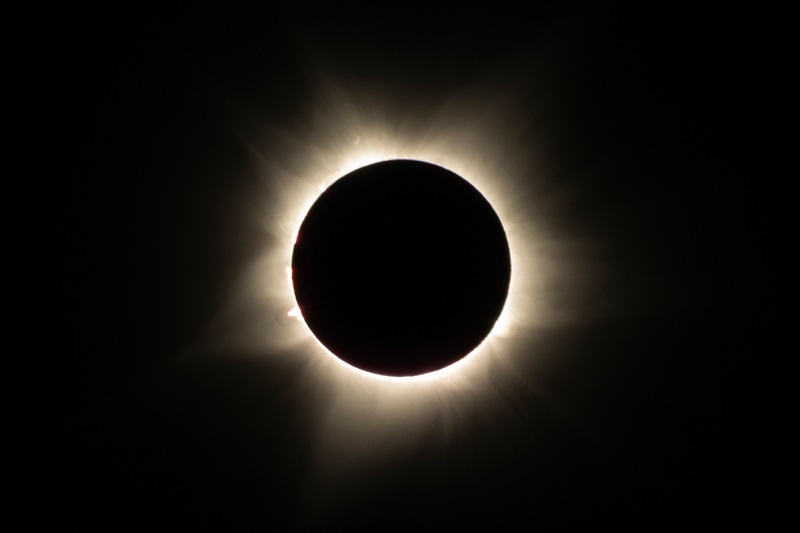
On April 8, millions of Americans gathered to view the 2024 solar eclipse on its path of totality — which included stops such as Dallas, Cleveland, Buffalo, and many other well-known cities. It will be years before another eclipse can be seen from the States — and decades before a total event can be experienced across such a large swath of the country!
Given the rarity of such an event, it’s no wonder why so many booked cross-country getaways to view the eclipse in all its glory — from behind a pair of eclipse safety goggles, of course! However, scientists know that there was even more to the eclipse than could be experience from the ground below. In fact, the solar eclipse phenomenon has a unique connection to STEM fields including composite engineering — and this year’s event was no exception.
Just read on to see the surprising ways radome manufacturing and the total solar eclipse intersect — and the implications astronomical events have for our unique slice of STEM.
Eclipse Research Takes Flight
Last year, NASA announced several experiments that would be conducted during the 2024 solar eclipse. One of these involved sending high-altitude research aircraft to actually capture images of the solar eclipse itself — 50,000 feet above the Earth. This project had the goal of observing closeup details of the sun’s middle and lower corona, or its outer atmosphere. (It’s the jagged part that surrounds the circumference of all the amazing eclipse photos you’ve seen!) Images were also taken with the hopes of observing the sun’s dust ring and potential asteroids in the area.
Another imaging mission for NASA’s WB-57s set out to explore the corona’s temperature and chemical makeup with the help of specialized cameras and spectrometers. Here at Mentis Sciences, our manufacturing work includes fabricating composites for radomes and other aerospace applications — so any feat of aerospace, as with these solar eclipse projects, is always something we’re excited to see.
Radar Review
NASA also shared a project that would utilize the Super Dual Auroral Radar Network to observe the Earth’s ionosphere — located in the upper layer of the atmosphere — during the solar eclipse to better understand the impact of radiation in this unique setting. We might traditionally think of radar as a tool for measuring everyday weather like rain and thunderstorms, but as this endeavor proves, the technology can also be used to observe weather conditions in space itself!
Mentis Sciences’ extensive experience in radome manufacturing reminds us of the power of radar technology — a field with myriad applications.
Bonus: An Artificial Eclipse
Did you know that radomes themselves can create “eclipses” of their own? Well, sort of! In 2021, for example, a WSR-88D radar blocked the sun’s light from just the right angle so that on camera, it looked as though an artificial solar eclipse had taken place at the National Weather Service in Goodland, Kansas.
As you can see, there are myriad connections between the solar eclipse phenomenon and composite engineering — but if you spend enough time in this branch of the STEM field, you know that’s not too surprising. At Mentis Sciences, we’re passionate about the real-world application of STEM concepts to build the technology that makes our world run. Just contact us today to learn more.